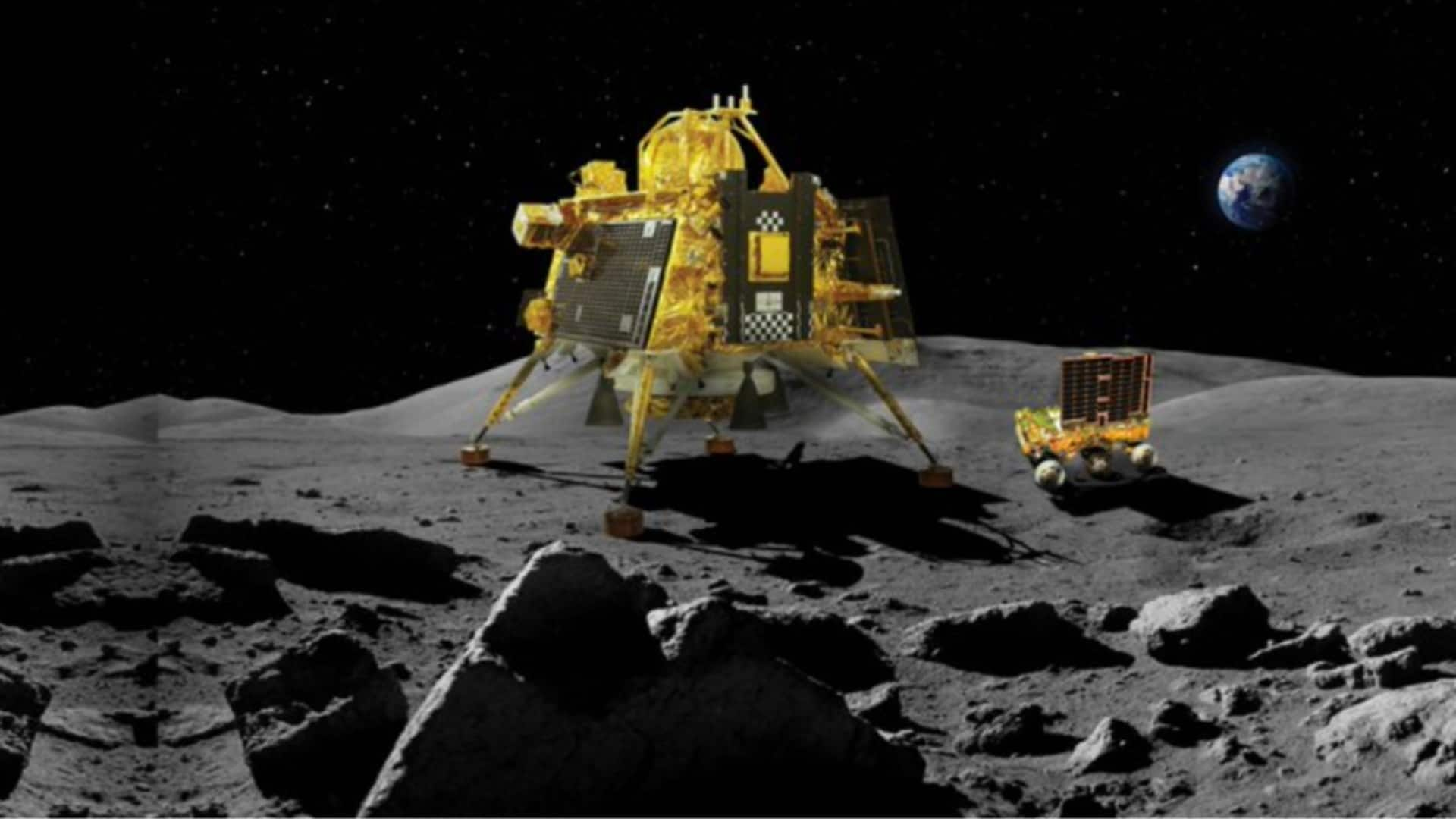
Chandrayaan-3 re-enters lunar orbit, gathers vital scientific data
What's the story
The Chandrayaan-3 mission, launched on July 14, 2023, has successfully re-entered the Moon's sphere of influence. The milestone was achieved by the Propulsion Module (CH3-PM) of the mission. This comes more than two years after the successful soft landing of its lander and rover in August 2023. The recent flybys have provided crucial scientific data for future lunar exploration missions.
Mission details
Journey to lunar orbit
The journey of the CH3-PM back to the Moon was a carefully planned process. After the successful landing and operations of the lander and rover on August 23, 2023, ISRO kept the Propulsion Module in a low lunar orbit at an altitude of about 150km. In October 2023, trans-Earth injection maneuvers were performed by ISRO to place it in a high-altitude Earth-bound orbit.
Flyby details
Flybys and orbital changes
The first lunar flyby of the CH3-PM was on November 6, 2025, at an altitude of 3,740km. This was beyond the visibility range of the Indian Deep Space Network. The second flyby on November 11, 2025, brought it closer at an altitude of just over 4,537km. These maneuvers expanded its orbit from about 100,000 x 300,000km to a highly elliptical orbit of about 409,000 x 727,000km, with a tilt angle or inclination that changed from 34 degrees to 22 degrees.
Data gathering
ISRO's tracking and future implications
The ISTRAC network closely monitored the orbiting CH3-PM during these flybys. This was to ensure safe separation from other orbiters while gathering gravitational interaction measurements. Mission controllers have confirmed that the space probe continues to function normally. For planetary scientists and mission planners, these events highlight ISRO's growing sophistication in post-landing spacecraft operations and the invaluable insights to be gained for future deep-space missions.